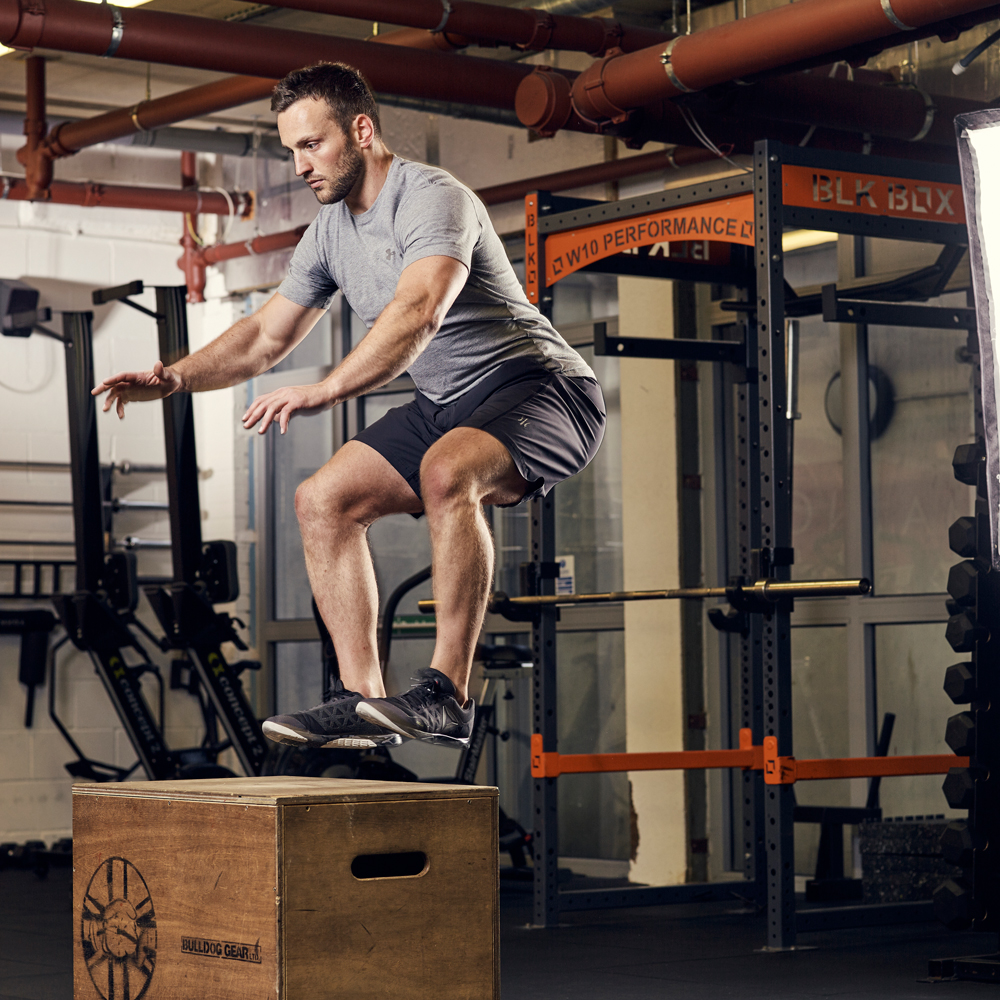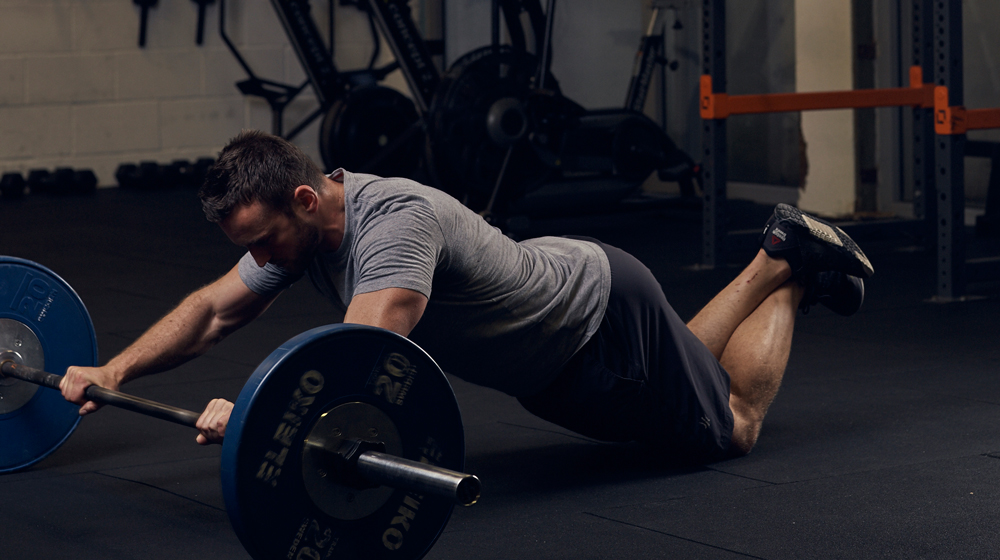The Five Most Overrated Muscle-Building Moves And What To Do Instead
It’s time to trim the fat – from your workout. Stop wasting time on these moves and do their more effective alternatives instead
Hardly any moves are completely useless – but there are definitely some you might want to stop doing. While most of the moves on this list could be useful for, say, an experienced competitive bodybuilder, you’d be better off using your (probably pretty limited) gym time doing alternative exercises that will be much more effective. Unless you’re planning to end up on a stage in tiny sparkly pants.
Calf Raise
Schwarzenegger tore the bottoms of his sweatpants to force himself to train his calves more. But he was the Terminator; you don’t need to worry so much. “Your time’s better spent working on plyometric or jumping exercises alongside walking lunges, step-ups, squats, deadlifts and sled work,” says Olli Foxley, a trainer at W10 Performance. “I love the ‘calf pump’ you get when you go from a sled push into a sled pull.”
Swap It For: Box Jumps

Jumping moves involve triple extensions, which is where you simultaneously bend your hips, knees and ankles. Because your calves, glutes and quads all get worked, you get more bang for your buck than when you do isolation moves.
Decline Bench Press
If you’re using the Bro Template to work your chest – bench, dumbbell bench, incline, decline – something’s got to give. “Using the decline bench to target your lower pecs is pretty much useless unless you’re very lean and a competitive physique athlete,” says trainer Adam Wakefield. “You’re better off getting strong on the flat bench and losing some body fat.”
Swap It For: Dumbbell Bench Presses
The dumbbell version of the bench is effective because it gives you great pec muscle activation. Using dumbbells lets you move the weights across your chest as you press up, allowing you to squeeze the pecs at the top of the move for a better muscle contraction.
Front Raise
They’re one of the most frequently performed exercises in any gym – and they’re also one of the least useful. “If you’re already doing a lot of pressing exercises in your workout, your front deltoids will already be taking a beating in your training,” says Foxley. “Adding in direct front delt exercises can push too much volume onto a small muscle group and cause it to be forever recovering and never adapting.”
Swap It For: Lateral Raises
Raising the weights to the sides instead will build more muscle mass in your shoulders and make you look broader. Just make sure you do them properly, by using your muscles rather than momentum to lift the weights and leading with your elbow.
Get the Coach Newsletter
Sign up for workout ideas, training advice, reviews of the latest gear and more.
Sit-Up
Even with the best intentions, you might be doing them wrong. “Many people can’t perform these exercises with enough intent to stimulate the correct abdominal muscles,” says Foxley. “An exercise like a roll-out will target the abs better.” Start with five sets of five at the end of your workout twice a week, and work on increasing it.
Swap It For: Barbell Roll-Outs

Kneel on the floor while holding a barbell with your shoulders over the bar. Brace your core, then slowly roll the bar away form you, keeping your abs engaged. Go as far as you can without letting your back arch or your hips drop, then return under control to the start. Quality of movement on this move is vital for avoiding injury.
Wrist Curl
You may well have already binned these, but there’s always one guy in the gym using a perfectly good bench and barbells to focus on his forearm pump. “I like people doing arm work as they work hard at it and consistency is the thing I value most, but these are a micro-targeted step too far,” says strength coach Joseph Lightfoot. Instead, go heavy. “The best way to get jacked forearms? Get a strong grip,” says Wakefield.
Swap It For: Farmer’s Walks
This simple but effective move involves picking up a heavy weight and walking with it. Do it as a finisher: grab the heaviest dumbbells you can manage, set yourself a distance – 100m is a good start – and walk it in as few “sets” as possible.
